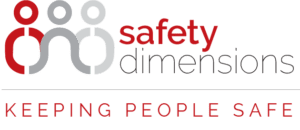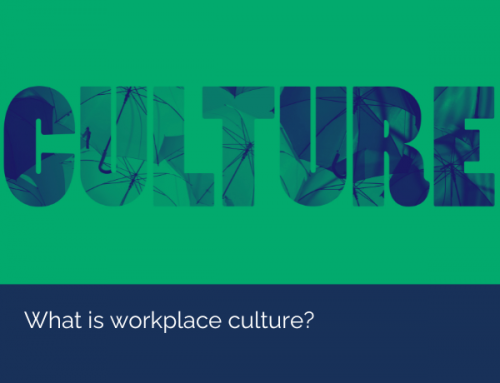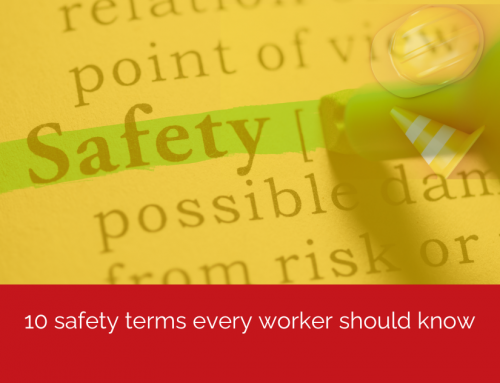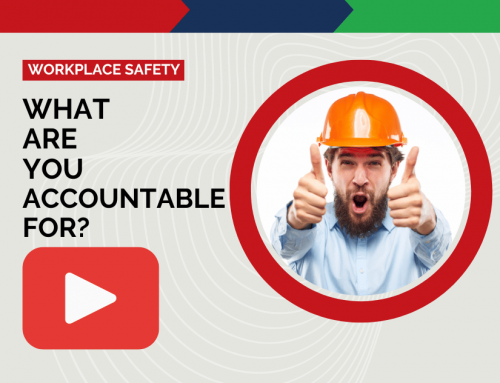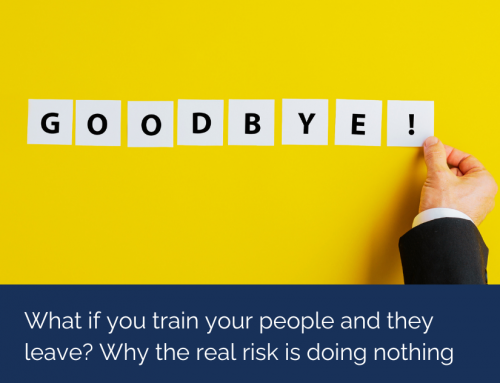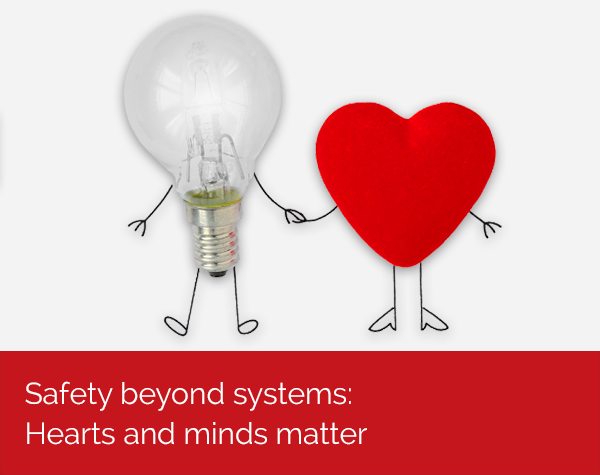
Not getting improvements in your safety leadership culture or safety statistics? It’s highly likely your organisation needs to engage your people at the ‘hearts and minds’ level required to create and sustain a strong safety culture.
Creating a strong safety culture within an organisation requires more than just implementing systems and processes. It’s about engaging the hearts and minds of every individual, regardless of their role, in taking ownership of safety. While legal obligations and well-designed processes are crucial, the real challenge lies in shifting people’s behaviour to prioritise safety.
Research shows unsafe acts (behaviours) can contribute to up to 80% of accidents or incidents, while unsafe conditions can contribute to 20% (Hollnagel 1993, Reason 1990).
Changing safety behaviors becomes challenging unless individuals fully comprehend the potential harm their actions may cause to themselves, fellow workers, and the ripple effect on their families.
To drive a shift in safety culture and engage hearts and minds, there are four essential areas that demand attention to achieve a proactive safety culture.
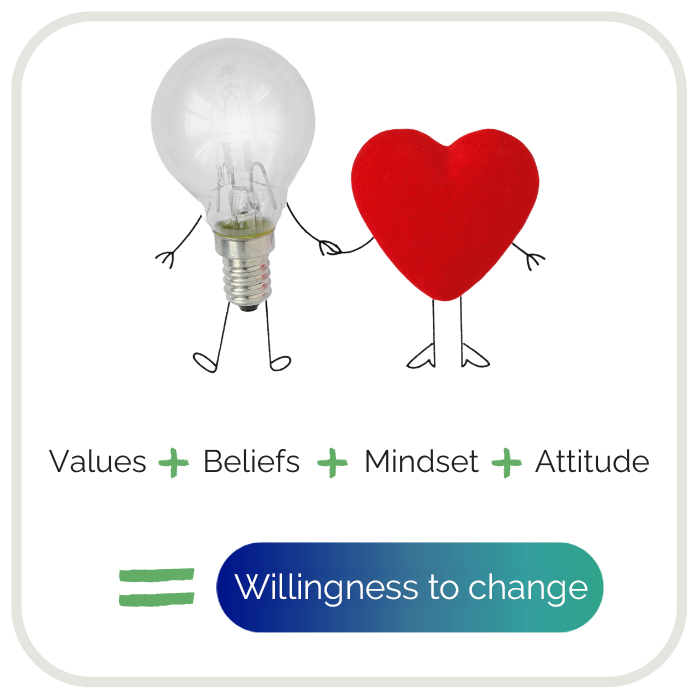
These four areas are:
1. Values:
Most organisations have a set of values that outline the principles of what the business sees as important, which guides how workers should align their behaviours.
However, individuals bring their own sets of values, shaped by their personal lives and previous experiences. Often people are unaware that their personal values drive their decisions. When an individual’s values differ from those of their employer, there’s a likelihood of resistance to adopting safe behaviors or staying long-term at the organisation without encountering conflicts.
To bridge this gap, organisations should ensure that employees not only understand the ‘why’ behind company values but also grasp what these values look like in practice, specifically in behaviors.
Encouraging workers to reflect deeply on their personal values helps them understand the alignment between personal and organisation values, the outcomes on their well-being, the well-being of colleagues, and the significance of ensuring everyone returns safely to their families each day.
2. Beliefs:
A belief is an idea you hold as true which heavily influences behaviour and is informed by our past experiences and what is occurring around us. To change beliefs we need to recognise recurring patterns in how we interpret events and make decisions, and then identify and challenge any misguided beliefs that undermine safe behaviours
3. Mindset:
Mindset refers to the thought patterns that shape how individuals perceive and approach various aspects of life, including challenges, tasks, and situations. Mindsets influence behavior, decisions, and responses to different circumstances and tasks.
A mindset that prioritises speed over safety means there could be a likelihood of ignoring safety protocols to just get the job done quickly. However, a safety-oriented mindset that consciously prioritises the work done safely, even if it requires additional time, ensures the well-being of everyone involved.
4. Attitude: In the context of creating a safety-focused workplace, attitudes—how we feel about things—play a significant role in connecting with people personally. Whether we’re positive, negative, or neutral, our attitude shapes how we act and behave in a situation and impacts the approach taken towards safety measures.
For example, if a worker has a negative attitude towards a safety policy or procedure, they might not follow them when doing tasks. Encouraging a positive attitude not only influences individual actions but also helps create a culture where everyone values safety and acts responsibly at work.
To establish a solid safety culture, these four areas must synergise to engage the hearts and minds of leaders, managers, supervisors and employees. Neglecting any of these aspects not only leads to recurring incidents but also generates frustration and fear within the workforce. In severe cases, it can result in injuries or even fatalities.
Consider the following statements – do they stem from Values, Beliefs, Mindset, or Attitude?
- “It won’t happen to me.”
- “This shortcut will save time.”
- “I’ll face consequences if I pause.”
- “This is how it’s always been done.”
- “I need extra protection to do my job.”
- “Someone else will address what I’ve noticed.”
- “We narrowly avoided a disaster.”
If your organisation has implemented tools and systems without seeing improvements in safety culture or statistics, the missing link could be the integration of VBMA’s (Values, Beliefs, Mindset, Attitude). A critical aspect that complements these elements is role modelling. Leaders must exemplify the attributes they wish to see in their team members and consistently uphold their words with actions. Without this alignment, attempting to induce change in others becomes an exercise in futility.
Fortunately, transforming VBMA’s and thereby engaging Hearts and Minds doesn’t have to be an arduous endeavour. A well-structured safety training program can efficiently drive this transformation across your organisation.
Recognising the importance of this approach, LDN prioritises working with leaders to cultivate Hearts and Minds before implementing any safety leadership programme across the entire organisation. Our goal is to tailor Hearts and Minds programs to the unique challenges and potential of each organisation, ensuring a bespoke approach that yields tangible results.
UPCOMING CERTIFICATE IV PUBLIC PROGRAMS
Delivered live and online by our expert facilitators in an interactive training environment over Zoom or TEAMS.
These are not pre-recorded online programs – participants receive the same experience as our in-person programs.
